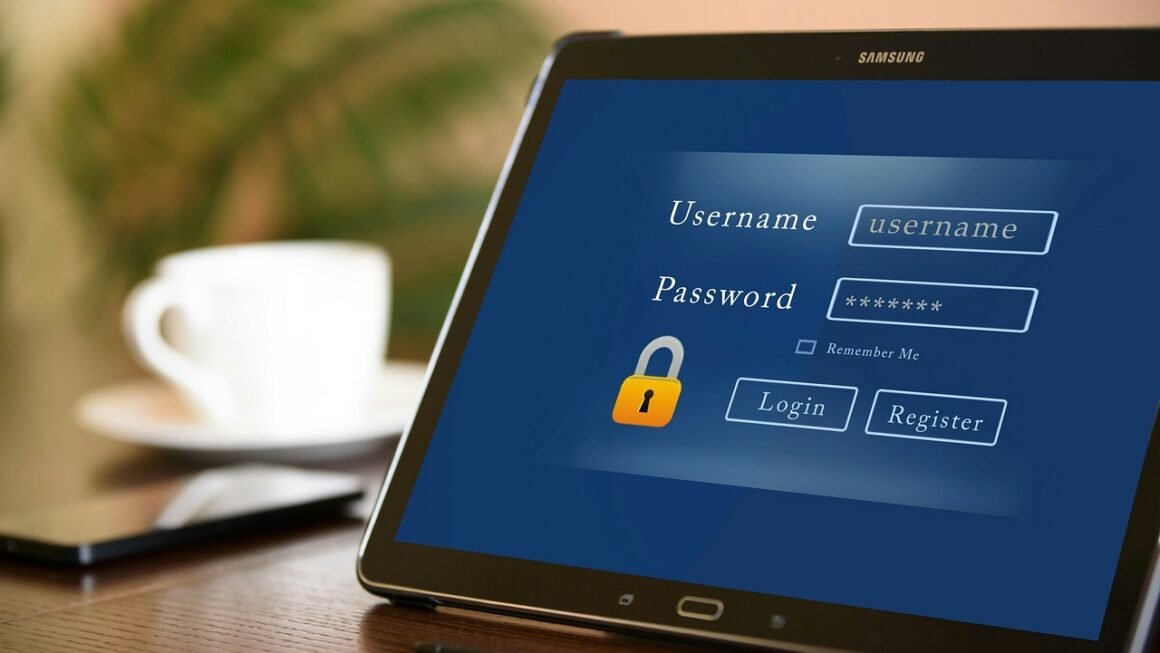Security tokens are revolutionizing the investment landscape, bridging the gap between traditional finance and the world of blockchain. These digital assets, representing ownership in a company or asset, offer enhanced security, transparency, and accessibility compared to traditional securities. But what exactly are security tokens, and how do they differ from other cryptocurrencies? Let’s dive into the details and explore the exciting potential of this emerging technology.
What are Security Tokens?
Definition and Key Characteristics
Security tokens are digital representations of ownership in an asset, like a company share, a bond, or real estate, that are issued and traded on a blockchain. They are subject to securities regulations, offering investors legal protection and assurances that utility tokens often lack.
- Security tokens derive their value from an external, tangible asset.
- They are designed to comply with securities laws, such as those enforced by the SEC in the United States.
- Security tokens provide holders with rights, such as dividends, profit share, or voting rights, similar to traditional securities.
Security Tokens vs. Utility Tokens vs. Cryptocurrencies
It’s important to distinguish between security tokens, utility tokens, and cryptocurrencies:
- Security Tokens: Represent ownership or rights in an asset and are regulated as securities. Examples: tZERO, Polymath.
- Utility Tokens: Provide access to a specific product or service within a blockchain ecosystem. Examples: Filecoin, Basic Attention Token (BAT).
- Cryptocurrencies: Digital currencies that function as a medium of exchange. Examples: Bitcoin, Ethereum, Litecoin.
The crucial difference lies in the purpose and regulation. Security tokens are investments subject to securities laws, utility tokens grant access to a platform or service, and cryptocurrencies are primarily used for transactions.
Benefits of Security Tokens
Enhanced Liquidity
Security token offerings (STOs) can unlock liquidity for traditionally illiquid assets like real estate or private equity.
- Fractional ownership allows smaller investors to participate in high-value assets.
- 24/7 trading on global exchanges increases market accessibility.
- Automated compliance streamlines the trading process, reducing friction.
Example: A real estate company tokenizes a property, allowing investors worldwide to purchase fractions of it. This significantly increases liquidity compared to traditional real estate investment.
Increased Transparency and Security
Blockchain technology provides a transparent and secure platform for issuing and trading security tokens.
- Immutable record of ownership ensures data integrity.
- Smart contracts automate dividend payouts and voting processes, minimizing human error.
- Reduced counterparty risk due to decentralized nature.
Example: All transactions are recorded on the blockchain, providing a clear audit trail and reducing the potential for fraud.
Reduced Costs and Increased Efficiency
Security tokens can significantly reduce the costs associated with traditional securities issuance and trading.
- Elimination of intermediaries like brokers and custodians.
- Automated compliance reduces administrative overhead.
- Streamlined settlement processes speed up transactions.
Example: Issuing a security token can be less expensive than an IPO, especially for smaller companies.
Regulatory Landscape
Understanding Key Regulations
Navigating the regulatory landscape is crucial for security token offerings.
- United States (SEC): Security tokens are generally subject to securities laws, including registration requirements or exemptions like Regulation D, Regulation A+, and Regulation CF.
- Europe (MiCA): The Markets in Crypto-Assets (MiCA) regulation provides a comprehensive framework for crypto-assets, including security tokens, in the EU.
- Other Jurisdictions: Different countries have varying approaches to regulating security tokens, so it’s important to consult with legal experts in the relevant jurisdictions.
Compliance Considerations
Issuers must comply with applicable securities laws and regulations.
- KYC/AML: Know Your Customer (KYC) and Anti-Money Laundering (AML) compliance is essential to prevent fraud and illicit activities.
- Accredited Investor Verification: If relying on exemptions like Regulation D, issuers must verify that investors meet the accredited investor criteria.
- Disclosures: Issuers must provide investors with adequate disclosures about the token and the underlying asset.
Tip: Engage with legal counsel specializing in security token offerings to ensure compliance with all applicable regulations.
The Process of Issuing Security Tokens (STOs)
Planning and Structuring
The first step is to define the purpose of the STO and structure the offering to comply with relevant regulations.
- Determine the type of asset to be tokenized.
- Choose a compliant issuance platform.
- Consult with legal and technical experts.
Tokenization and Smart Contract Development
Create the security token and the associated smart contract.
- Develop a smart contract that defines the token’s functionality and rights.
- Integrate KYC/AML compliance protocols.
- Ensure the token is compatible with relevant exchanges and wallets.
Marketing and Distribution
Promote the STO and attract investors.
- Create a compelling whitepaper outlining the project and token details.
- Utilize marketing channels like social media, industry events, and online advertising.
- Comply with marketing regulations and avoid making misleading claims.
Post-Issuance Management
Maintain ongoing compliance and manage tokenholder relations.
- Distribute dividends or other benefits to tokenholders.
- Provide regular updates on the project’s progress.
- Comply with ongoing reporting requirements.
Example: Platforms like Polymath and Tokensoft provide tools and services to help companies launch and manage STOs.
Future Trends in Security Tokens
Institutional Adoption
We are seeing increased interest and adoption from institutional investors.
- Institutional investors are seeking alternative investment opportunities.
- Security tokens provide a familiar framework with added benefits of blockchain technology.
- Custody solutions are becoming more sophisticated to meet institutional requirements.
Integration with Traditional Finance
The integration of security tokens with traditional financial systems is likely to accelerate.
- Partnerships between traditional financial institutions and blockchain companies.
- Development of regulated security token exchanges.
- Tokenization of traditional assets like stocks and bonds.
Evolution of Regulatory Frameworks
Regulatory frameworks are expected to evolve and become more clear.
- Governments are working to provide clearer guidance on security token regulations.
- Industry associations are advocating for standardized regulations.
- Increased regulatory clarity will foster innovation and adoption.
Conclusion
Security tokens represent a significant advancement in the world of finance, offering increased efficiency, transparency, and accessibility. While the regulatory landscape is still evolving, the potential benefits of security tokens are undeniable. By understanding the fundamentals, benefits, and regulatory considerations, investors and issuers can position themselves to capitalize on the growth of this transformative technology. As institutional adoption increases and regulatory frameworks become clearer, security tokens are poised to play an increasingly important role in the future of finance.



